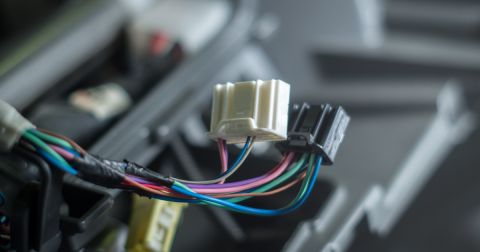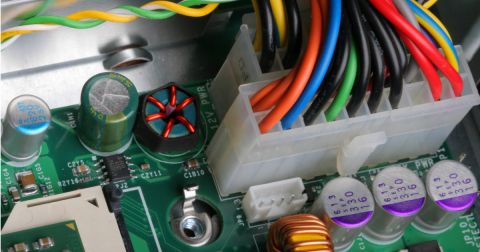Save Time and Prevent Errors in Cable Harness Design Today

Cable harness design ranks among the most demanding areas in modern electronics. Engineers must navigate intricate wiring diagrams and ensure flawless production, a process fraught with complexity. Implementing the right tools and strategies can streamline workflows, shorten delivery times, and create more reliable products.
The Essential Role of Cable Harnesses
Cable harnesses serve as the backbone of electrical systems. They organize and protect wires and cables, ensuring dependable power and signal transmission across applications—from automobiles and aerospace systems to consumer electronics and industrial machinery. As systems grow more complex, the demands on cable harnesses intensify, requiring engineers to balance functionality, safety, and efficiency. A well-executed cable harness design can distinguish a successful product launch from costly delays.
Common Challenges in Cable Harness Design
Designing cable harnesses presents several challenges:
- High Complexity: Advanced devices necessitate intricate wiring arrangements, sometimes involving hundreds of interconnections; managing these without errors proves nearly impossible.
- Manual Processes: Many engineers rely on paper-based wiring diagrams and layout designs, a labor-intensive approach prone to human error.
- Error Detection: Identifying and correcting errors manually in cable harness designs is difficult; often, mistakes surface only during production.
- Documentation Requirements: Manufacturing demands extensive documentation, including wiring diagrams, layout designs, BOMs, and assembly instructions. Creating these documents manually consumes significant time.
- Collaboration Issues: Cable harness design typically involves electrical engineers, mechanical engineers, and manufacturers. Misunderstandings or miscommunications among stakeholders can lead to design inefficiencies and manufacturing delays.
The Solution: Altium’s Cable Harness Design Tools
As a leader in PCB and electronics design software, Altium offers robust solutions to address the complex challenges inherent in cable harness designs. With Altium's advanced toolset, engineers can save time, eliminate errors, and improve overall design efficiency.
Unified Design Environment
Altium's platform integrates cable harness design with PCB design, allowing seamless transitions between engineering domains. This integration ensures design consistency and reduces errors throughout the process. Engineers gain a comprehensive view of both the PCB and the cable harness within a single environment, promoting holistic design thinking.
Automated Error Checking
Altium's cable harness design software includes built-in error-checking capabilities that automatically identify issues such as incorrect pin assignments and improper wire routing. Detecting these errors early in the design phase prevents expensive rework and production delays.
Streamlined Documentation
Altium simplifies the generation of precise, detailed documentation. The software automates the creation of wiring diagrams, BOMs, and assembly instructions, providing manufacturers with all necessary information to construct cable harnesses accurately.
Collaboration Made Easy
Altium's collaboration tools enable real-time teamwork, regardless of team members' locations. Electrical and mechanical engineers can share updates and feedback directly within the platform, reducing miscommunication and ensuring timely project delivery.
Versatility Across Applications
Whether designing cable harnesses for automotive, aerospace, industrial, or consumer electronics, Altium's tools adapt to specific requirements. The software supports various industry standards and customization options, ensuring compliance and compatibility.

Benefits of Using Altium for Cable Harness Design
By leveraging Altium's solutions, engineers will realize the following advantages:
-
Accelerated Design Cycles: Automation and streamlined workflows reduce the time required for cable harness design, helping teams meet tight deadlines.
-
Reduced Errors: Built-in validation tools catch mistakes early, ensuring the design is production-ready.
-
Improved Collaboration: Real-time collaboration features facilitate effective communication among team members, leading to better decision-making.
-
Superior Documentation: Automatically generated documentation is clear and precise, minimizing errors during manufacturing.
-
Cost Efficiency: Smarter design processes with Altium lead to fewer errors and faster design cycles, lowering development costs and increasing profitability.
Upgrade Your Design Process
In today's competitive market, traditional design methods fall short. They slow production and increase the risk of errors, so transform your cable harness design process with Altium to deliver high-quality products more efficiently.
Take the First Step Today
Ready to revolutionize your cable harness design workflow? Don't let manual processes and outdated tools impede your progress. With Altium, you can simplify complex designs, minimize errors, save time, enhance collaboration, and deliver superior products. Start designing smarter and faster, because your time and products deserve nothing less.
Want to seamlessly design wiring for your harness? Experience the power of wire harness design in Altium Develop.












 Back
Back